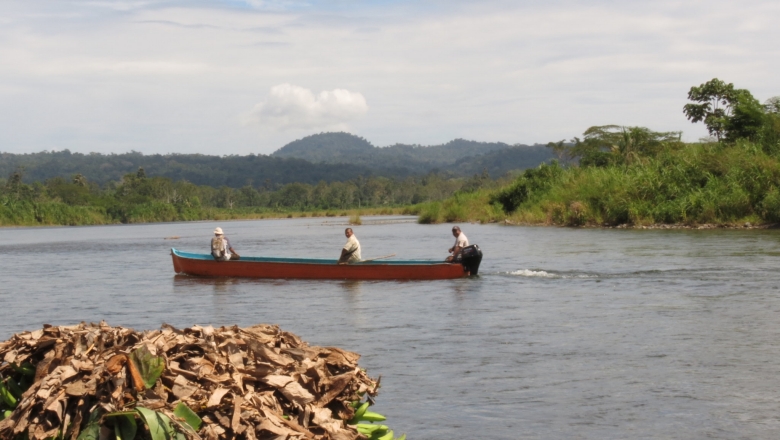Results
Through the nine years of Cat DDO implementation (2008–2017), the Costa Rican government used the US$ 65 million of funds to respond to three disasters:
The Cinchona earthquake on January 8, 2009 resulted in 22 casualties, 17 missing persons, about 100 injured, 986 persons displaced, and damages and losses of over US$ 500 million.
Heavy rainfall from Tropical Storm Nicole, between September 28 and 30, 2010, led to landslides and floods causing US$14.85 million in damages.
Hurricane Otto, a category 3 hurricane, passed over the northern part of the country between November 17 and November 25, 2016, causing significant infrastructure damage, disruption of critical services, and 10 fatalities; 10,831 persons were directly affected, of whom 7,425 were displaced. Overall, damages were estimated at US$ 186 million.
The government used the Cat DDO funds strategically to complement sectoral allocations reserved for emergency response and financial resources from the National Emergency Fund. For several other major events, including the Sámara earthquake in 2012, which caused damage totaling about US$ 101.2 million, Costa Rica managed to respond without drawing on the Cat DDO at all, thus saving resources for possible future major disasters.
In policy terms, Costa Rica’s Cat DDO has contributed to strengthening two key areas of the country’s disaster risk management program: (a) it has helped strengthen the institutional and legal framework through the approval of Law No 8.488 and its regulation, followed by their implementation which included activities such as the development of National Risk Management Policies and Plans, organization of yearly National Risk Forums and strengthening of the National Emergency Fund, and (b) it has mainstreamed disaster risk management in the National Development and Investment Programs, resulting for instance in the consideration of disaster risk considerations in all public investments. The project thus contributed to institutional changes that encouraged a more responsive approach to disasters and comprehensive, ex-ante management of risk across sectors.
Bank Group Contribution
The World Bank, through the International Bank for Reconstruction and Development (IBRD), provided a loan of US$ 65 million to finance the project. In addition, the Bank brought to the project global knowledge and international best practices on disaster risk management.
Partners
Strong leadership from Costa Rica’s Ministry of Finance, the National Emergency Commission, and the Ministry of National Planning and Economic Policy was critical for the successful implementation of this operation. Furthermore, increasingly close collaboration among the three agencies concerning disaster risk financing proved key to the project’s very positive result and formed a basis for the nation’s further engagement with the Bank in a broader DRM dialogue.
Beneficiaries
The foremost goal for strengthening the DRM framework was to respond to the needs of the most vulnerable. By mainstreaming DRM across sectors and into national development, Costa Rica’s risk considerations are now closely linked to its poverty reduction efforts.
Following the disasters for which the Cat DDO was drawn on, Melvin Quiros, Director of Public Credit, Ministry of Finance, stated, that the “Financial strategy related to natural hazards, which included the Cat DDO as an important component, helped the impacted population to feel the support of the government in such difficult times, not only in the immediate emergency response but also during rehabilitation and reconstruction. In particular, the effective and timely used of funds available from the CAT-DDO allowed families, especially the most vulnerable ones, to return to their regular activities as soon as possible”.
Moving Forward
Since this Cat DDO closed, the government of Costa Rica has continued to make significant progress in strengthening the DRM agenda, moving toward endorsement of the disaster risk financing strategy and further strengthening its National Emergency Fund through an amendment to the law.
At the World Bank, the experience provided by and the lessons learned from the Costa Rica Cat DDO, the first of its kind, have informed other projects in the Latin America and Caribbean region and use of the instrument has subsequently spread to Asia, Africa, and most recently, Europe: Colombia and Guatemala (2009); Peru, El Salvador, and the Philippines (2011); Panama (2012); Colombia (2013); Sri Lanka (2014); Seychelles and Peru II (2015); the Philippines II (2016); Serbia and the Dominican Republic (2017); and Romania and Kenya (2018).
